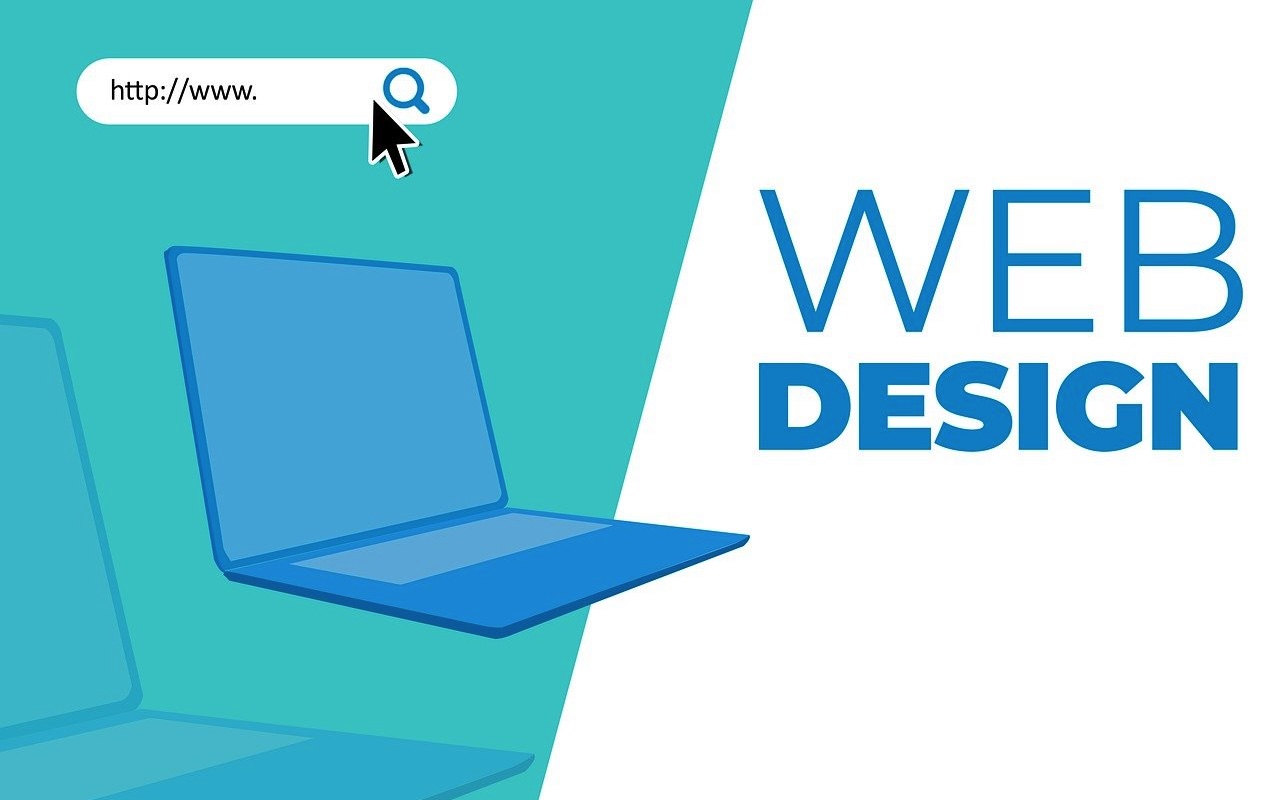
Web design is an essential aspect of any online presence, and is a dynamic field that focuses on aesthetics, functionality, and user experience. Nowadays, more and more website designers are embracing new trends and technologies to create visually stunning and user-friendly websites. These websites not only look good but are also highly functional, responsive, and aligned with the latest design principles. Here are some key elements that define modern web design.
1. Mobile-First Approach
Mobile devices account for a significant portion of web traffic. For this reason, web design prioritizes a mobile-first approach. Websites are now designed with mobile users in mind, ensuring that the layout, navigation, and functionality are optimized for smaller screens. This approach involves designing a site that performs seamlessly across all devices, whether it's a mobile phone, tablet, or desktop.
The mobile-first design also improves the overall user experience (UX). Websites that load quickly and are easy to navigate on mobile devices retain visitors better. A mobile-friendly design ensures that users can access content effortlessly, regardless of the device they're using. As mobile traffic continues to grow, this approach has become a standard in the field.
2. Responsive Design
Responsive web design is a key element of modern websites. It ensures that a website adjusts its layout and content based on the device’s screen size and resolution, providing a seamless experience across devices. Web designers focus on creating responsive sites that look great and function well on all devices. Using flexible grids, media queries, and responsive images enhances usability and adaptability. This improves user engagement, which helps increase website traffic and conversions.
3. User Experience (UX) and User Interface (UI) Design
In modern web design, user experience (UX) and user interface (UI) are essential. UX focuses on how users feel when interacting with a website, while UI deals with design elements like buttons, menus, and interactive features.
Web designers prioritize easy navigation, visual appeal, and intuitive layouts. Every detail is carefully crafted to help users quickly find what they need, with smooth navigation, clear calls to action, and simple layouts guiding their journey.
UI design is key to making websites visually engaging. The right use of colors, fonts, and imagery enhances aesthetic appeal, aligning with the brand’s identity for a cohesive look.
4. Speed and Performance Optimization
Website speed is crucial in web design where online competition is fierce. Slow-loading websites can lead to high bounce rates, negatively affecting user experience and SEO rankings. Designers and developers work on optimising website performance by reducing page load times and boosting speed.
Techniques like compressing images, minimizing JavaScript, and using caching effectively improve speed and performance. Lightweight themes and optimized server-side performance also contribute to faster loading. Web designers focus on ensuring websites look great while performing at their best, providing an optimal user experience and enhancing search engine rankings.
5. The Importance of SEO in Web Design
Search Engine Optimization (SEO) plays a critical role in ensuring that a website ranks well in search engine results. SEO is not just about content and keywords; it is also about designing the website to be easily indexed by search engines. Web designers are increasingly focusing on creating websites with SEO-friendly features. This includes using proper heading tags, optimising images, and ensuring that the site structure is clean and easy for search engines to crawl.
Additionally, implementing fast load times and mobile-friendly design elements also play a significant role in improving SEO rankings. By incorporating SEO best practices into the design process, websites are more likely to perform well in search engine results, driving more organic traffic and increasing visibility.
6. Choosing the Right Web Design Partner
When looking to create a website, it’s essential to find a web design partner who understands the nuances of the industry. Professionals in the city are well-versed in the latest trends and technologies and can guide businesses through the design process, ensuring that the end result aligns with both business goals and user expectations.
For example, if you’re a business based in Sydney, partnering with a local web design agency can provide several advantages. A local firm will have a deep understanding of the regional market, consumer behavior, and industry-specific needs. They can also offer face-to-face consultations, ensuring smoother collaboration and more personalized service.
A trusted web design partner will help businesses create a website that not only looks great but also functions optimally. From developing a user-friendly interface to ensuring fast load times and responsive design, working with a skilled team ensures that all elements of the website are aligned with modern web design principles.
Conclusion
Web design continues to evolve, with new trends and technologies constantly shaping the digital landscape. From mobile-first design to responsive layouts, modern websites prioritize functionality, user experience, and performance. By focusing on the latest design principles and integrating cutting-edge technologies, web designers are able to create websites that are not only visually appealing but also highly efficient and user-friendly. Whether you're starting a new business or revamping an existing site, it's important to focus on these key elements to remain ahead of your competitors.
Share this post
Leave a comment
All comments are moderated. Spammy and bot submitted comments are deleted. Please submit the comments that are helpful to others, and we'll approve your comments. A comment that includes outbound link will only be approved if the content is relevant to the topic, and has some value to our readers.

Comments (0)
No comment